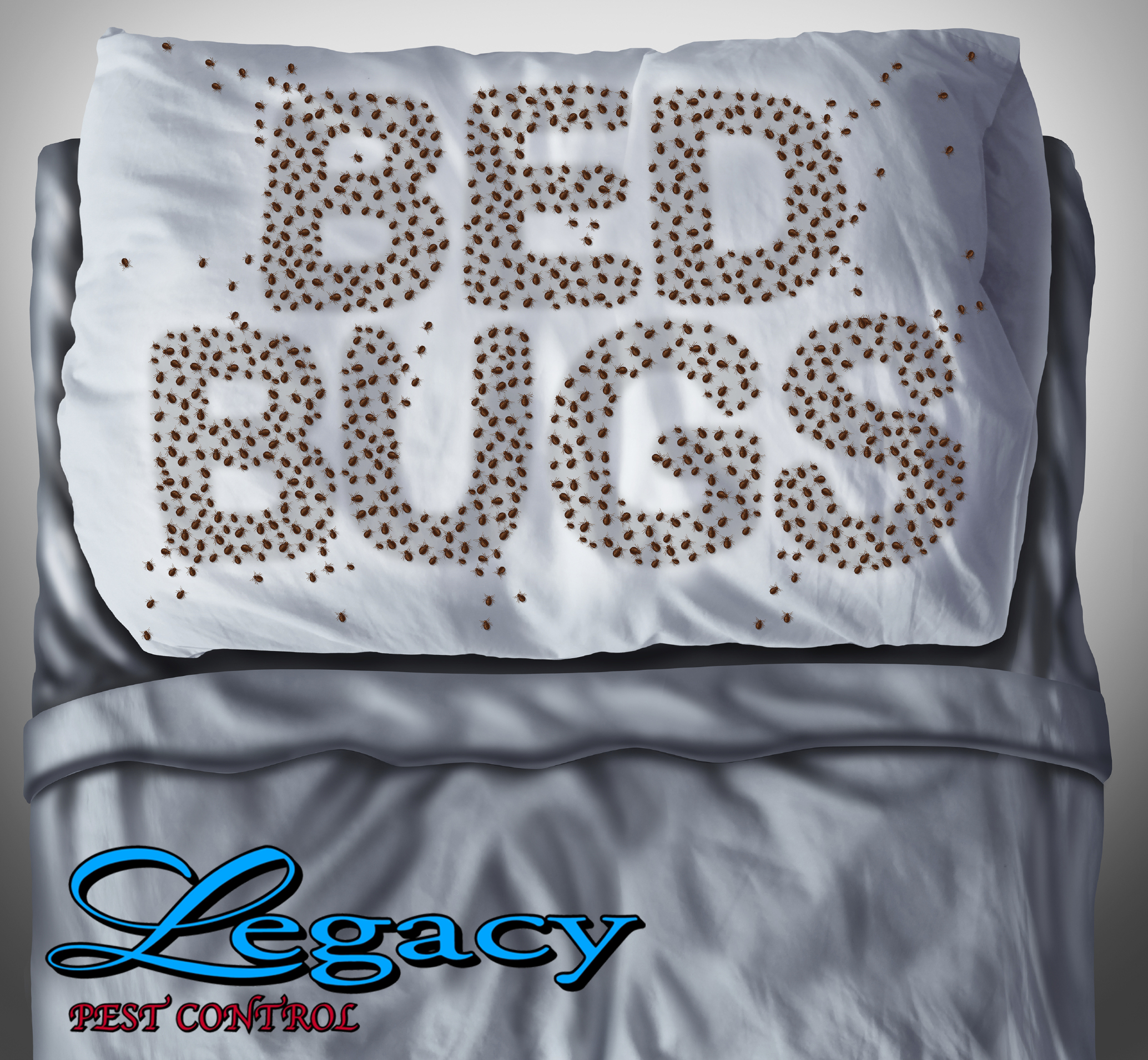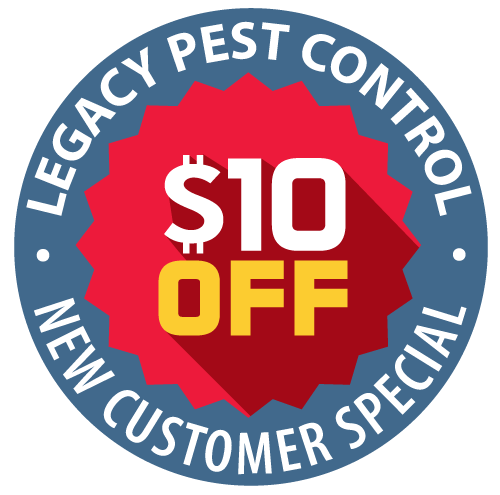How To Get Rid Of Bed Bugs

What Are Bedbugs?
Bedbugs are small, oval-shaped pests that survive by sucking blood from animals or humans. They are roughly the size of apple seeds when they are fully grown, but infant bed bugs, known as nymphs, shed their skin approximately five times before reaching maturity. While they do not transmit diseases, an infestation can cause public health concerns, and can become a nuisance for those affected by them.
Infestations of bedbugs have been on the rise since the 1980s. While they carry the stigma of only existing in areas with poor housekeeping or hygiene, this is a popular misconception. They can be found nearly anywhere, regardless of cleanliness, and experts believe there are many reasons infestations can happen, including:
•Travel being more readily available
•Resistance to pesticides
•People living closer together, allowing infestations to spread more easily
•Ineffective “do-it-yourself” pest control attempts
How Do You Know If You Have Bedbugs?
While there are many signs you may have bedbugs, the only real way to make sure you have an infestation is to find them. They can live anywhere, though they are more likely to be found in the cracks and crevices of furniture, specifically mattresses, box springs and bed frames. Bedbugs are most active at night, and their bites are painless and generally not even noticeable. While they can bite any area of exposed skin, bites are generally found on the face, neck, hands, and arms.
Aside from finding them, some other identifying factors of a bedbug infestation can include:
• Red or brown stains caused from bedbugs being crushed, usually on mattresses or bed sheets.
• Darker spots, approximately the size of a pinhead, indicating bedbug excrement.
• Extremely small eggs and pale yellow skins shed by infant bedbugs, roughly 1mm in size.
What To Do If You Have Bedbugs
Bedbug infestations can be tricky, because while a small infestation is easier to treat, they are also more difficult to find. A large infestation, however, can become more widespread and therefore more difficult to effectively treat. Regardless of the size of your infestation, proper treatment is important to make sure it is effectively taken care of and to prevent the spread of it to friends, family members and neighbors.
Bedbug prevention is also important. To minimize your risk of getting an infestation, there are a few things you can do, including regularly washing your bedding and mattress, making sure you vacuum cracks and crevices in your home, and reducing the number of places for them to hide. Clutter provides more hiding places for bedbugs, so cutting down on it will also cut down on your chances of an infestation. If you believe your mattress has an infestation, as they cannot be treated with insecticides, it is recommended that you either throw it away, or place it in an airtight cover. Bedbugs can survive for up to one year without feeding, so if you choose to do this, it’s important to keep the mattress covered for at least a year in order to make sure the infestation is killed.
Let Legacy Pest Control Utah Exterminate Your Problem!
If you believe you may have a bedbug or any other sort of pest infestation, contact the experts at Legacy Pest Control Utah for a free home inspection. With over 20 years of experience, our local experts not only guarantee our work, but also offer military family discounts and pest control coupons to keep our prices affordable. You can contact us online or call 801-779-3131 to schedule your appointment today.
Latest posts by Legacy Pest Control (see all)
- How To Keep Rodents Out Of Your Home This Winter In Northern Utah - December 12, 2025
- How Quickly Can a Rodent Infestation Spread? - December 11, 2025
- Termite Infestation Stages: From First Signs to Full Damage - December 5, 2025




